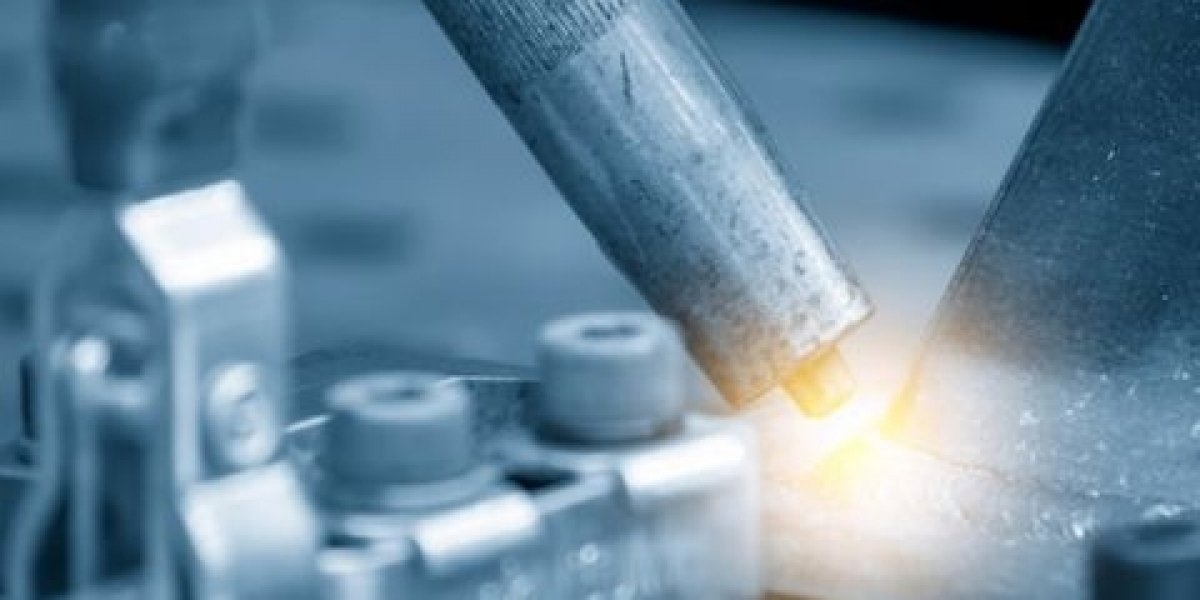At its foundation, a laser welder works by focusing a high-intensity beam of light onto a specific point, generating enough energy to melt and fuse materials together. This controlled process allows for deep penetration and precise weld seams. Unlike arc or TIG welding, the laser’s beam can be concentrated to a fraction of a millimeter, enabling unmatched precision.
The energy source, typically a fiber laser or CO₂ laser, directs the beam through optics and mirrors, focusing it onto the joint area. The localized heat input minimizes deformation, making it ideal for delicate or high-precision parts. Whether joining steel, aluminum, titanium, or copper, the laser welder delivers consistent and clean welds every time.
Why Industries Depend on Laser Welders
Manufacturers depend on laser welders for their unmatched accuracy and speed. In the automotive industry, they are used for body frames, battery housings, and engine components where tight tolerances matter. In electronics, laser welding ensures micro-level precision for sensors, circuits, and battery cells. Aerospace and medical equipment manufacturers utilize this technology for its repeatability and ability to handle exotic alloys.
A laser welder also fits perfectly into automation lines, allowing robotic arms or CNC systems to perform continuous and repeatable welds with high throughput. This combination of speed and consistency has revolutionized modern production standards.
How Laser Welding Differs from Conventional Welding
Conventional welding techniques rely on electrodes, filler materials, and extensive heat application. These traditional methods often cause distortion, require post-processing, and limit production speed.
A laser welder, on the other hand, offers a contactless and highly focused energy source. The heat-affected zone (HAZ) is significantly smaller, reducing stress on the surrounding material. The absence of filler material in many laser welding applications not only simplifies the process but also ensures purity and structural strength of the joint. This difference in mechanism is what makes laser welders ideal for high-end manufacturing environments where precision is non-negotiable.
Applications of Laser Welders Across Industries
1. Automotive Manufacturing
In the automotive sector, laser welders are used for lightweight materials like aluminum and high-strength steel. From car doors and gear components to EV battery enclosures, their precision ensures safety and durability.
2. Aerospace Engineering
For aircraft engines, turbine components, and fuselage assemblies, the laser welder’s ability to join thin or complex materials without defects is critical to reliability and safety.
3. Medical Device Fabrication
Medical tools, implants, and surgical instruments require sterile and flawless joints. Laser welders provide clean, micro-precise welds that meet strict regulatory standards.
4. Electronics and Battery Production
The demand for compact and efficient electronic devices has made laser welding essential. It’s used in connecting micro-batteries, terminals, and delicate circuit joints without causing damage to sensitive parts.
5. Jewelry and Art Restoration
Laser welders are also popular in fine craftsmanship for joining precious metals and restoring intricate artwork without altering the original structure.
Technological Advancements in Laser Welding
The continuous evolution of laser technology has made the laser welder more efficient and accessible. Modern systems integrate real-time monitoring, automatic adjustment of beam parameters, and computer-controlled precision.
Fiber Laser Welders have gained prominence due to their superior energy efficiency and low maintenance needs. They deliver consistent power and can be integrated into automated production cells for continuous operation.
Hybrid Welding Systems combine laser energy with traditional arc welding to enhance penetration depth and fill capability. This hybrid approach has expanded the range of materials and thicknesses that can be effectively joined.
Additionally, advancements in beam delivery optics, cooling systems, and laser modulation control have enhanced welding stability and reduced operating costs.
Safety and Operation Guidelines
Operating a laser welder requires adherence to strict safety standards due to the high energy involved. Proper training, protective eyewear, and laser-safe enclosures are essential to safeguard operators.
Automation and remote operation have reduced direct exposure, but facilities still implement interlocks, shielding systems, and ventilation to manage fumes and reflections. Following ISO and ANSI laser safety protocols ensures smooth and hazard-free production environments.
Maintenance Practices for Long-Term Reliability
A well-maintained laser welder ensures consistent performance and extended lifespan. Regular inspection of optical components, cleaning of focusing lenses, and alignment checks prevent beam distortion and energy loss.
Cooling systems should be monitored for proper flow and temperature control, as overheating can affect laser stability. Dust-free environments are preferred to maintain beam quality, while software updates and calibration keep control systems performing optimally.
Manufacturers often recommend scheduled maintenance every few thousand operating hours, ensuring uninterrupted performance even under demanding industrial conditions.
Environmental and Economic Aspects
The laser welder aligns with sustainable manufacturing principles. Its precision minimizes material waste and reduces the need for filler or chemical agents. Lower energy consumption compared to traditional welding also contributes to environmental efficiency.
Economically, while the initial investment may be higher, the long-term savings from reduced consumables, minimal rework, and higher productivity make it a cost-effective solution for forward-thinking manufacturers.
Integration into Smart Manufacturing Systems
In Industry 4.0 environments, laser welders are often networked into digital ecosystems. They collect and transmit process data for quality tracking, predictive maintenance, and real-time process control. This integration enables manufacturers to maintain consistent product quality and traceability throughout production lines.
The adoption of intelligent monitoring systems and cloud-based data analysis has enhanced the accuracy and efficiency of laser welding operations across industries worldwide.
Future Outlook of Laser Welding Technology
As material science advances, laser welding continues to expand its boundaries. New alloys, composite materials, and microstructures demand more adaptable and powerful laser sources. Compact portable systems are becoming popular for on-site repair and maintenance, while high-power industrial models drive mass production.
With increasing demand for electric vehicles, renewable energy components, and precision electronics, the laser welder will play an even greater role in shaping the future of modern engineering and manufacturing.
Final Thoughts
The laser welder represents the evolution of precision joining — a technology that unites speed, accuracy, and efficiency under one beam of light. It has not only replaced older welding methods but also opened doors to new design possibilities. Whether in heavy manufacturing or delicate assembly, laser welding ensures durability and perfection with every joint.
Its growing presence in automated, data-driven factories marks a new era where precision meets productivity. For industries aiming to enhance quality and efficiency, adopting laser welding technology is not just a choice — it’s the path forward toward smarter, cleaner, and more reliable production.








